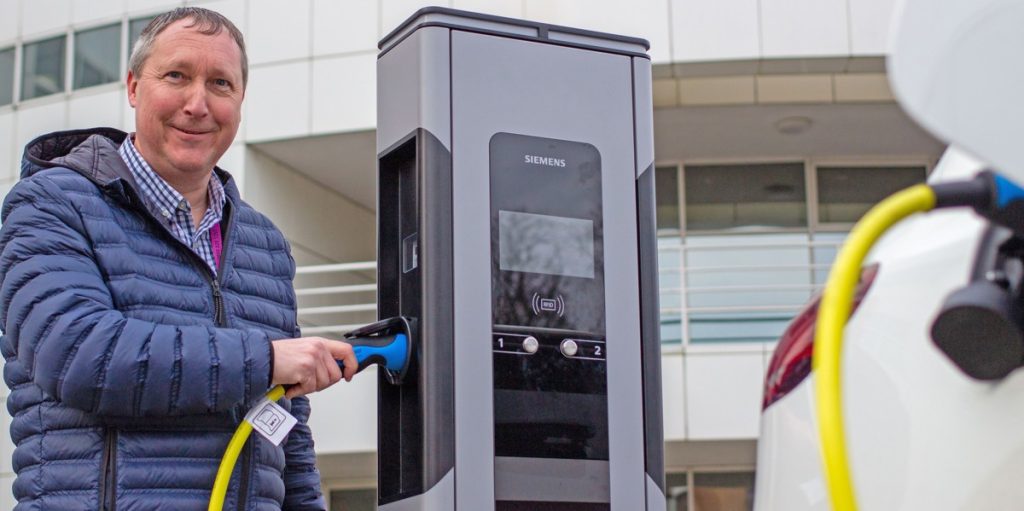

**SAPM Leads Dialogue on Electric Vehicle Insurance Rate Strategy**
In recent times, the worldwide automotive sector has experienced a notable transformation towards electric vehicles (EVs) as a sustainable substitute for traditional internal combustion engine vehicles. This shift is propelled by the necessity to diminish carbon emissions and tackle climate change. As the uptake of EVs quickens, numerous sectors, particularly insurance, are evolving to cater to the distinct characteristics and needs of these vehicles. In this scenario, the Special Assistant to the Prime Minister (SAPM) has assumed a proactive position in spearheading conversations about formulating an insurance rate strategy expressly designed for electric vehicles.
**Recognizing the Necessity for a Specialized Insurance Rate Strategy**
Electric vehicles diverge from typical vehicles in several critical dimensions, encompassing their technology, upkeep demands, and overall pricing framework. These variances warrant a reassessment of conventional insurance models to guarantee they sufficiently meet the specific requirements of EV owners. The SAPM’s initiative to lead discussions on this matter underscores the significance of establishing a supportive environment for EV adoption, which entails accessible and all-encompassing insurance coverage.
**Main Considerations in Formulating an EV Insurance Rate Strategy**
1. **Risk Evaluation and Premium Determination**: A principal obstacle in crafting an EV insurance rate strategy is the precise evaluation of the risks tied to these vehicles. Elements such as battery technology, repair expenses, and the provision of specialized repair services must be taken into account. The SAPM’s discussions seek to construct a framework for assessing these risks and establishing suitable premium rates.
2. **Encouragement for EV Adoption**: To promote the shift to electric vehicles, the insurance rate strategy may feature incentives like reduced premiums for EV proprietors. These incentives could hinge on aspects like lower environmental impact, diminished accident occurrences, and the comprehensive safety features of electric vehicles. The SAPM’s guidance in this realm highlights the government’s dedication to fostering sustainable transport solutions.
3. **Partnership with Stakeholders**: The creation of an EV insurance rate strategy necessitates collaboration among diverse stakeholders, comprising insurance firms, automotive producers, governmental bodies, and consumer advocacy organizations. The SAPM’s discussions nurture dialogue among these entities to guarantee that the insurance strategy is all-encompassing, equitable, and advantageous for everyone involved.
4. **Incorporation of Technology and Data**: The application of cutting-edge technology and data analytics can significantly influence the formation of the EV insurance rate strategy. Telematics, for example, can deliver real-time data regarding driving patterns, which can be utilized to customize insurance premiums for individual drivers. The SAPM’s initiative highlights the importance of harnessing technology to improve the precision and efficacy of insurance models.
**Conclusion**
The SAPM’s guidance in deliberating an electric vehicle insurance rate strategy marks a vital move towards cultivating a supportive atmosphere for the expansion of the EV market. By tackling the distinctive challenges and prospects associated with insuring electric vehicles, these discussions aim to establish a framework that serves consumers, insurers, and the wider community. As the world shifts toward a more sustainable future, endeavors like these are essential in ensuring that all components of the transition to electric vehicles are carefully contemplated and effectively executed.






